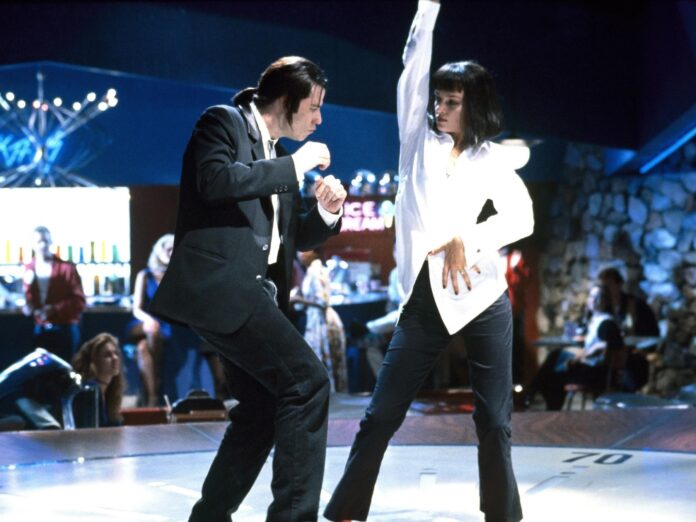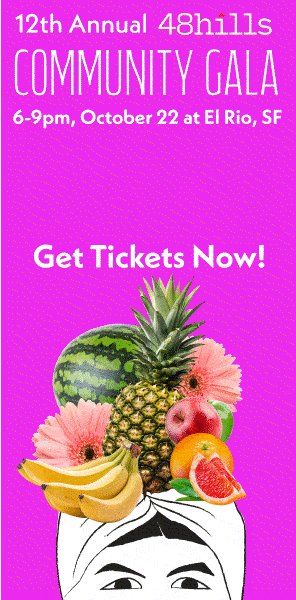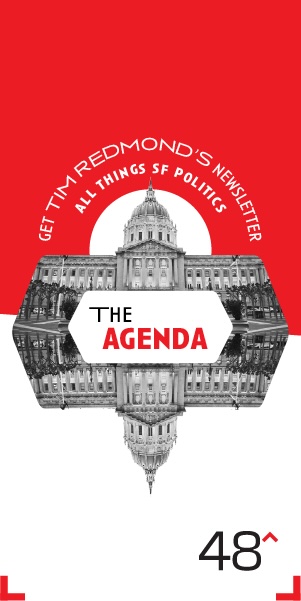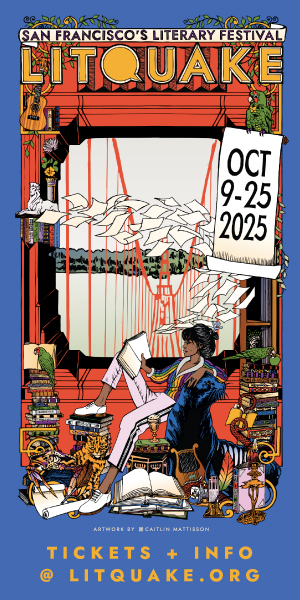Sean Baker, director of the Academy Award-winning film Anora, used one of his acceptance speeches at the 97th Academy Awards on March 2 to encourage cinephiles to return to the movie house. “Watching a film in the theater with an audience is an experience,” exhorted Baker. But films themselves, and in some cases, their soundtracks, need to be the centrifugal force pulling people back into the aisles.
Case in point: 30 years after its release, Pulp Fiction, the dialogue-driven Quentin Tarantino upstart that was snubbed by the Academy Awards for Best Picture—Forrest Gump won that year—still has that butts-in-seats uniqueness. Films that follow out-of-the-ordinary structures and tell imaginative stories, not IP-driven sequel fodder, are the ones that will fulfill Baker’s vision.
At the time it came out, I just had to see it! There was an unyielding buzz when the film was released on October 14, 1994—so much that I rushed to watch it on a bootleg VHS tape. I eventually made it into the theater for a repeat viewing. This wasn’t such an uncommon tale at the time. Hit movies were making the rounds via illegal VHS, selling in barbershops and bars, like your shaky CAM livestreams of new movies today.
Pulp Fiction hit its audience like a supercollider of randomness, cloaked in ’90s retro style, creating its own distinct vibe. Unlike most soundtracks at the time, which followed a linear progression, Tarantino served up a spliced concoction that was far from anything that came before it.
Quentin Tarantino hacked the storytelling process by using unique scenarios (killing Uma Thurman’s character and then bringing her back to life from a drug overdose), music, settings, and random conversations among anti-heroes—hello The Sopranos, The Wire, and Breaking Bad—to drive the plot.
Tarantino’s approach resonated in the cinematic margins, reflecting what a new generation of directors—Jim Jarmusch, Spike Lee, Cheryl Dunye, Gregg Araki, Kathryn Bigelow, John Singleton—chose to embrace. The director, a know-it-all all, mouthy, bossy, opinionated video store clerk who’d been crunching tape in the back room for years, had written scripts for Oliver Stone, Robert Rodriguez, and others. He’d stole, borrowed, and hustled visual cues and ideas from directors like Tony Scott, Sam Fuller, and Howard Hawkes.
Then, he curated a soundtrack that combined surf music, ’70s funk, and pop hits from artists like Ricky Nelson and Dusty Springfield, along with impactful dialogue from the film delivered by the up-and-coming actor of the time, Samuel L. Jackson. The film’s unconventional structure, with scenes shot and sequenced out of order, dovetailed with a burgeoning sample culture in the music industry. Word is, Tarantino had mixtape sequencing in mind when he executive-produced the film’s soundtrack album, which made it to #21 on the Billboard 200 and sparked a revivalist interest in surf rock.
Mainstream popcorn and soda theaters didn’t pay enough attention to the indie film at first. Alternative weeklies (aHem), movie critics, and boutique film fests had to fire it up in the press to get the word out. Big-box chain cinemas, get a freaking clue. Sound familiar?
Help us save local journalism!
Every tax-deductible donation helps us grow to cover the issues that mean the most to our community. Become a 48 Hills Hero and support the only daily progressive news source in the Bay Area.
Aesthetically speaking, it seemed decades apart from blockbuster Forrest Gump, which adhered to an antiquated style of storytelling—despite the fictional newsreeling of Tom Hanks in a funny haircut. Gump was released three months earlier than Pulp Fiction, and moving at a traditional pace, it sucked all the air of the Oscars race by playing the hits, that Academy Award-winning formula.
No matter—the movie has made a lasting impact on the stars it featured. Spike Lee devotees knew of Jackson’s magic from Do The Right Thing and Jungle Fever, but Pulp Fiction took Sam’s charisma global. Being in simpatico lockstep with John Travolta, his scene partner for most of the film, did not hurt either.
Celebrating the film’s 30th anniversary, Jackson announced on social media, “This movie launched like a rocket out of Cannes and changed my life.”
It changed ours, too.
Fire the soundtrack up today, and it hits like a Spotify playlist that Khruangbin might put together to explain the origin story of their newest record. It features loopy, boasting eclectic tastes, like an early De La Soul record, maintaining several thematic ideas that are Frankensteined into what could be a Portishead release.
Yeah. That Forrest Gump soundtrack sounded nothing like this.
Hip-hop ambassadors Cypress Hill dropped the weed-friendly smoke ‘em “Hits From The Bong” in 1993. The song repurposes the intro from Dusty Springfield’s “Son of a Preacher Man”, another song featured on the Pulp Fiction soundtrack whose appearance in the movie cemented Travolta’s cinematic comeback. The movie picked up on what was forgotten and left for dead.
But hey… Welcome to Under The Stars. We are about to talk about San Francisco music: past, present, and future. We’ve been doing it for about five years.
Thanks for hanging with us. Let us get to it.
CAHL SEL, BLUE E.P. (REFLECTIVE RECORDS)
Reflective Records is yet another secret handshake, a third language, a special state of being for those residing in the 415. Jonah Sharp, who is still Tha Gawd, put it down so hard with those hardware-driven productions in the ’90s that ambient techno sound rendered certain warehouses raves forever golden amongst those in the know. Blue E.P., from Sharp’s actual biological son Cahl Sel, throws all those pillowy synths, percolating drums, and techno-house energies from years gone by into a good-natured, wonderfully produced EP that will make you wonder where to pay your five bucks for an all-night event where nobody is vaping, checking social media, or has to hear one word that rhymes with “grump.”
Catch your flashbacks of Polywogs Playhouse here.
STAR 99, GARMAN (LAUREN RECORDS)
This San Jose-based band that started during the pandemic incorporates the right amount of crunch, twee, ennui, and indie-pop to give you all the feel-bads. Add to it a couple of good-on-ya choons, these four friends, who I guess lived in a “disgusting house in downtown San Jose,” have focused their priorities with a ripping release, Garmin, which brings a hybrid genre to the already-inundated fuzz-and-burn alt-rock Bay Area grouping.
Grab it here.
THE REDS, PINKS AND PURPLES, “THE WORLD DOESN’T NEED ANOTHER BAND” (FIRE RECORDS)
Underneath frontman Glenn Donaldson’s picture on this band’s Bandcamp page is the term “SF SADCORE,” which I believe is supposed to explain what type of indie art Donaldson has been churning out all these years. Anyone who lives in the city and smells those stinky-but-beautiful corpse flowers will know Donaldson only tells stories of warning: bands who thought they made it but self-destructed, dreamers who came to the city with utopian ideas and left with reality’s woes. He’s a seer, an elder in a city that desperately needs an adult on-alert at all times. On joining Fire Records, Donaldson has said, “Fire has one of the most iconic catalogs in indie music; I am humbled to be working with them. I count The Chills, Television Personalities, The Lemonheads, Spacemen 3, and more as formative.” He is no slouch, either. We can expect more SF sadcore from the eternal teller of Cloud City tales late in 2025.
Meanwhile, catch him at Make Out Room on March 28.
Grab the single here.
KELLY LEE OWENS AT GREAT AMERICAN MUSIC HALL, APRIL 1
The London-based, Welsh-born singer and producer is known for locking into alternative energies with her performances, mixing arm-twisting trance with a gossamer understanding of dance music and the inner personal metier to connect with said dance floor. Her Inner Song was one of the 2020s most acclaimed albums, and NPR declared that Kelly is, “reclaiming space for women in dance music in really powerful and important ways.”
Now with her newest project Dreamstate, Owens doesn’t have the COVID burden, the breakthrough burden, and hopefully, the gender burden. Fingers crossed she can just go out, sing, read poetry, and perform—what she was supposed to do from the beginning.
Grab tix here.
SPELLLING AT GREAT AMERICAN MUSIC HALL, APRIL 4
Each new release from what should be a dazzling new project from Oakland’s own SPELLLING, Portrait Of My Heart, seems to keep doubling and tripling down on the rock aesthetic. Chrystia Cabral feels unleashed and unburdened in this presentation, fearless and free. Her tour kicks off at the Great American Music Hall on April 4 and ends in Reno on May 19. It’s reported that it will include stops in Los Angeles, Austin, Houston, Atlanta, Washington, D.C., Philadelphia, NYC, Detroit, and Chicago.
Grab tix here.
DESTROY BOYS AT UC THEATER BERKELEY, APRIL 4
Sacramento punk outfit Destroy Boys have a go-to when explaining their sound, and I love it because it cuts to the quick: what would happen if Blondie fell into a Misfits recording session? (Told ya.)
Their live shows are demonstrations of how to give a fanbase numerous reasons to keep coming back.
Whip-smart penmanship, tight choruses and hooks, and powerful riffs—band members Alexia Roditis, Violet Mayugba, and drummer Narsai Malik put on one helluva show that respects every paying customer, with messages of inclusivity.
They friggin’ rawk.
Grab tix here.




